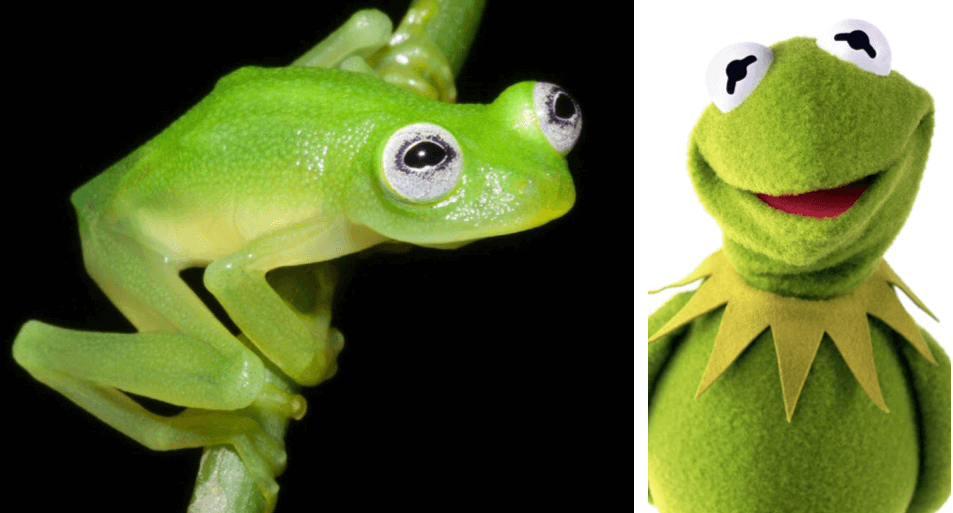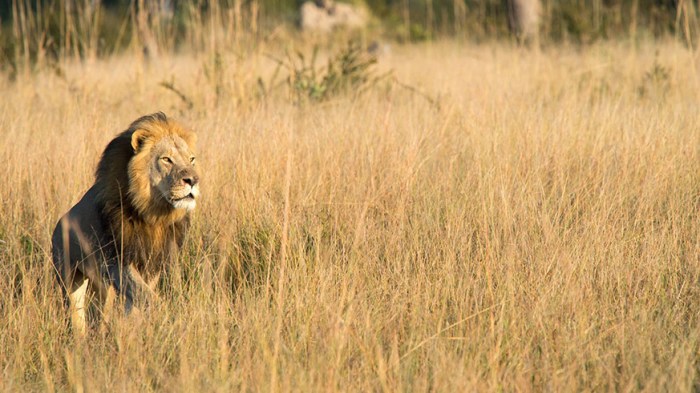A new species of amphib- ian that looks a lot like Kermit the Frog has been discovered in Costa Rica. Complete with bulging white eyes and bright green skin just like the fa- mous Muppet, the Diane’s bare-hearted glassfrog – or Hyalinobatrachium dianae – was found by zoologists on the Caribbean foothills of the Central American country. “We relate the recent discovery of this species in part to the fact that its known distribution lies in an area that has remained relatively unexplored due to the limited access,” saysBrian Kubicki, scientist at the Costa Rican Amphibian Research Center and lead author of report “A New Species of Glassfrog”. The newly-discovered frog has been named “Dianae” in dedication to the lead author Brian Kubicki’s mother, Janet Diane Kubicki, who always encouraged the scientist’s life-long interest with natural history. The name also alludes to mythology: to Diana, the Roman goddess of the forest and wild animals, who was believed to prefer to dwell in sacred woodlands on high mountains. There are 149species of of the Centrolenidae family of glassfrogs have been discovered in southern Mexico, through Central America, into the northern half of South America, and distinctly along the Atlantic Forest of southeastern Brazil and the extreme northeastern margin of Argentina.
The newly-discovered frog has been named “Dianae” in dedication to the lead author Brian Kubicki’s mother, Janet Diane Kubicki, who always encouraged the scientist’s life-long interest with natural history. The name also alludes to mythology: to Diana, the Roman goddess of the forest and wild animals, who was believed to prefer to dwell in sacred woodlands on high mountains. There are 149species of of the Centrolenidae family of glassfrogs have been discovered in southern Mexico, through Central America, into the northern half of South America, and distinctly along the Atlantic Forest of southeastern Brazil and the extreme northeastern margin of Argentina.
New frog species looks a lot like famous ‘Muppet’

Costa Rican Amphibian Research Center / Disney
























